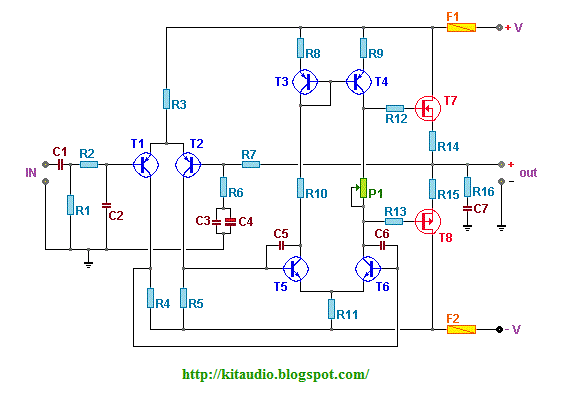
cut off low circuit diagram

This is a circuit diagram for a solid-state charge detector. It can detect very weak electric fields. The circuit has three components: a 6-volt battery, a light-emitting diode (LED), and a field-effect IC ADM666A.
The solid-state charge detector circuit is designed to sense minute electric fields and provide a visual indication of their presence through an LED. The core components of the circuit include a 6-volt battery, which serves as the power supply, ensuring that the circuit operates efficiently. The light-emitting diode (LED) acts as an output indicator, illuminating when a detectable electric field is present.
The field-effect IC, specifically the ADM666A, plays a critical role in the circuit's operation. This integrated circuit is known for its high sensitivity and low power consumption, making it ideal for detecting weak electric fields. The IC operates by amplifying the small voltage changes caused by the electric fields, enabling the LED to light up even when the detected signal is significantly low.
To construct the circuit, the 6-volt battery is connected to the power input of the ADM666A, ensuring that the IC receives the necessary voltage for operation. The output pin of the ADM666A is connected to the anode of the LED, while the cathode of the LED is connected to ground. A current-limiting resistor is typically included in series with the LED to prevent excessive current flow, which could damage the LED.
In summary, this solid-state charge detector circuit effectively utilizes a combination of a 6-volt battery, an LED, and the ADM666A IC to detect weak electric fields and provide a visual output, making it a valuable tool for applications requiring sensitivity to low-level electric signals.This is a circuit diagram for a solid state charge detector. It can detect very weak electric fields. The circuit has three components: a 6-volt battery, a light-emitting diode (LED), and a field-effect IC ADM666A 🔗 External reference
The solid-state charge detector circuit is designed to sense minute electric fields and provide a visual indication of their presence through an LED. The core components of the circuit include a 6-volt battery, which serves as the power supply, ensuring that the circuit operates efficiently. The light-emitting diode (LED) acts as an output indicator, illuminating when a detectable electric field is present.
The field-effect IC, specifically the ADM666A, plays a critical role in the circuit's operation. This integrated circuit is known for its high sensitivity and low power consumption, making it ideal for detecting weak electric fields. The IC operates by amplifying the small voltage changes caused by the electric fields, enabling the LED to light up even when the detected signal is significantly low.
To construct the circuit, the 6-volt battery is connected to the power input of the ADM666A, ensuring that the IC receives the necessary voltage for operation. The output pin of the ADM666A is connected to the anode of the LED, while the cathode of the LED is connected to ground. A current-limiting resistor is typically included in series with the LED to prevent excessive current flow, which could damage the LED.
In summary, this solid-state charge detector circuit effectively utilizes a combination of a 6-volt battery, an LED, and the ADM666A IC to detect weak electric fields and provide a visual output, making it a valuable tool for applications requiring sensitivity to low-level electric signals.This is a circuit diagram for a solid state charge detector. It can detect very weak electric fields. The circuit has three components: a 6-volt battery, a light-emitting diode (LED), and a field-effect IC ADM666A 🔗 External reference





